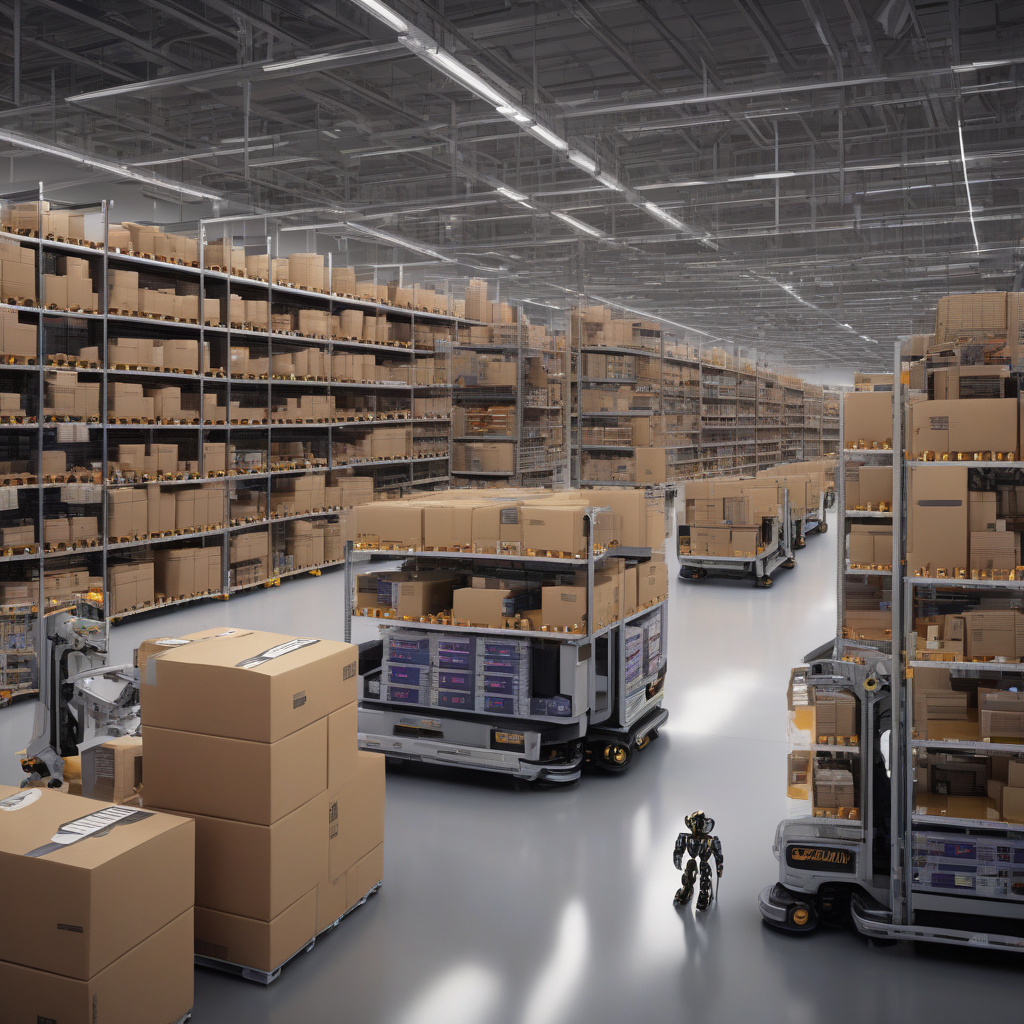Will Amazon’s Vulcan Robots Replace Warehouse Workers?
Designed for delicate handling, Amazon’s Vulcan robots are set to take on tasks previously performed by humans, reshaping the future of warehouse labor. These cutting-edge machines are a testament to the relentless pursuit of innovation and efficiency in the e-commerce giant’s operations.
The introduction of Vulcan robots marks a significant shift in Amazon’s approach to warehouse management. These robots are equipped with advanced technology that allows them to navigate through the warehouse, pick up items with precision, and transport them to different locations within the facility. With their ability to work around the clock without breaks, Vulcan robots have the potential to revolutionize the e-commerce industry by streamlining order fulfillment processes and reducing operational costs.
One of the key advantages of Vulcan robots is their capacity for delicate handling. Unlike traditional robots that are primarily designed for heavy lifting and repetitive tasks, Vulcan robots are equipped with sensors and algorithms that enable them to handle fragile and irregularly shaped items with care. This capability is particularly valuable in warehouses that deal with a wide range of products, including electronics, cosmetics, and other delicate items.
By taking on tasks that were previously performed by humans, Vulcan robots have the potential to improve efficiency and accuracy in warehouse operations. These robots can work in tandem with human workers, focusing on repetitive and physically demanding tasks while allowing humans to concentrate on more complex and value-added activities. As a result, warehouse workers can be upskilled to take on supervisory roles, quality control tasks, and other responsibilities that require human judgment and dexterity.
While the deployment of Vulcan robots raises concerns about the potential displacement of warehouse workers, Amazon has emphasized that these robots are meant to complement human labor rather than replace it entirely. By automating routine tasks and optimizing workflow processes, Vulcan robots can help create a safer and more efficient work environment for warehouse employees. Amazon has also committed to providing training and upskilling opportunities for its workforce to ensure a smooth transition to the era of automation.
In addition to improving warehouse operations, Vulcan robots have the potential to enhance the overall customer experience. By increasing the speed and accuracy of order fulfillment, these robots can help reduce delivery times and minimize errors in product shipments. This, in turn, can lead to higher customer satisfaction levels and repeat business for Amazon.
As Amazon continues to invest in robotics and automation technologies, the role of warehouse workers is likely to undergo a transformation. While some tasks may be automated, new opportunities for skill development and career advancement are expected to emerge. By embracing these changes and adapting to the evolving landscape of warehouse labor, workers can position themselves for long-term success in the digital age.
In conclusion, Amazon’s Vulcan robots represent a groundbreaking development in the world of warehouse automation. By combining advanced technology with a focus on delicate handling, these robots have the potential to revolutionize the way goods are stored, picked, and shipped in e-commerce warehouses. As Amazon continues to push the boundaries of innovation, the future of warehouse labor is set to be reshaped by the rise of these intelligent machines.
Amazon, robots, warehouse, innovation, automation












